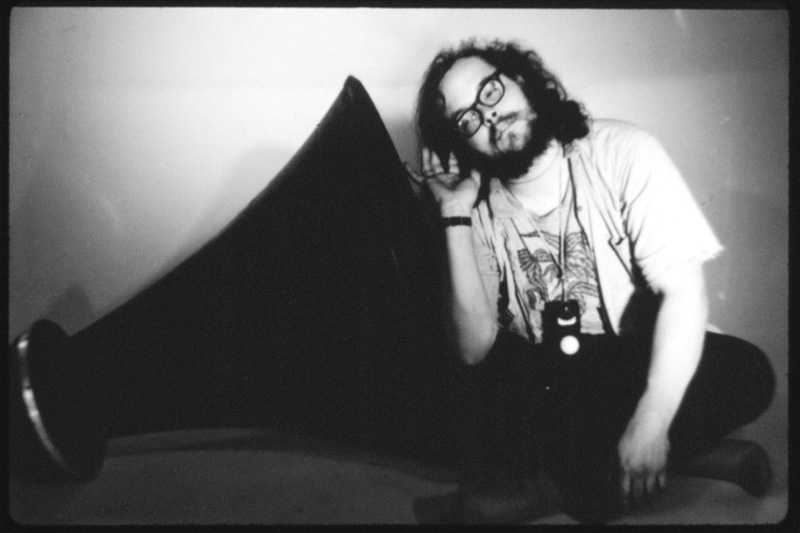ISE 2018: Community celebrates 50 years
- Details

As the company evolved its market focus from tour sound to MI and now to install, Howze’s technical leadership has been the one constant throughout.
About those early days, Howze recalls, “Everyone was making horns from wood, sheet metal or cast iron. We thought fiberglass would be an ideal material for small runs. It was lightweight, strong, portable and relatively easy to mold to shape. We could make horns that were far more accurate to mathematical equations, without the imperfections of wood, and with far less weight.
“At the time, touring systems were mainly comprised of large folded bass horns, topped with multicellular high frequency horns,” he explains. “There was nothing that could do 500 Hz well, which left a big hole in the mid-range. Midrange is where voice intelligibility lives, and to my mind is the most important aspect of a loudspeaker – to communicate. We focused on that mid-range right at the outset, and it continues to be paramount in everything we do.”
Even today, performance and intelligibility continue to be Community’s top priorities. “There’s been a trend among loudspeaker manufacturers to overlook intelligibility in favour of the ‘wow’ factor of big bass,” Howze observes. “That sort of misses the point that all the critical information is in the mid-range. If you don’t get that right, the rest of it doesn’t mean a thing.”
Over the years, Community’s developments in horn designs, enclosures and transducers, combined with detailed performance measurement and documentation, have achieved an outstanding list of “firsts”, particularly in the areas of large-scale systems, extreme all-weather capability and solutions for difficult acoustic environments.
The company’s list of references is equally impressive, from Elvis Presley touring with Community’s Leviathan in the ‘70s to public address for the largest annual gathering of mankind on earth in Mecca. Whole cities like Venice rely on Community to provide audio flood warning and, at countless Olympic and world-class stadia, millions of people enjoy their sport with “loud and clear” communication from Community systems.
Steve Johnson joined Community as CEO in 2013. An experienced audio industry veteran, Johnson brought substantial sales, marketing and commercial expertise to the company. In 2014, Community unveiled an updated corporate brand identity. The design of the new symbol and logotype suggests precision and elegance, two important attributes of their products and engineering.
In 2015, Audioprof Group International acquired a majority share in Community, strengthening the brand and ensuring its future. Audioprof is a holding company established to develop and build strong audio companies with a focus on specific niches in the audio industry. Through the acquisition, Community became a member of their installed audio portfolio along with European-based Apart Audio.
Community begins 2018 with the European launch of its new IV6 Modular Vertical Array system at ISE. The newest member of the highly successful I Series family, IV6 is aesthetically designed for installed indoor or outdoor applications.
“As we aspire to exceed the industry’s expectations and provide exceptional customer service, we will continue to innovate with new products like the IV6,” said Johnson. “Community was founded by Bruce Howze all those years ago because he believed there had to be a better way to make loudspeakers. I see the IV6 with its unique array shaping tools as proof that innovation is alive and well at Community and will continue to define Community long into the future.”
(Jim Evans)
















